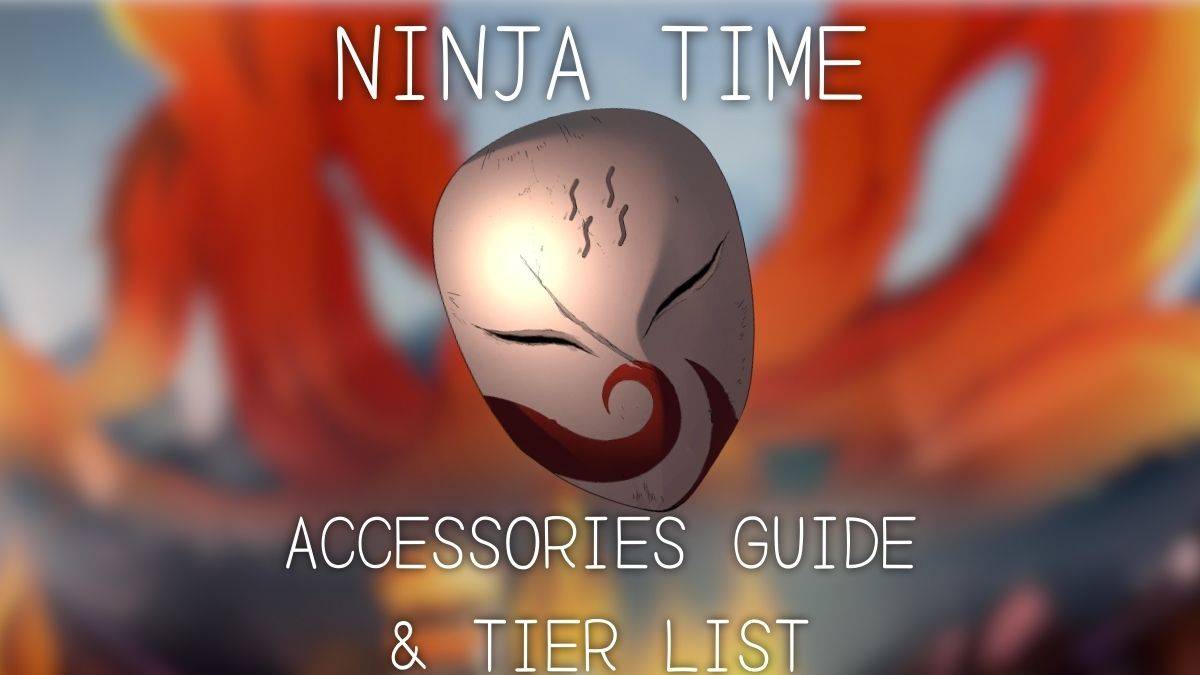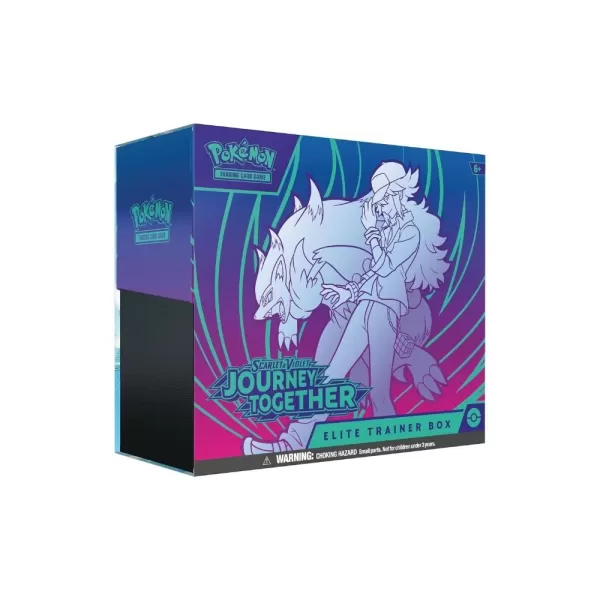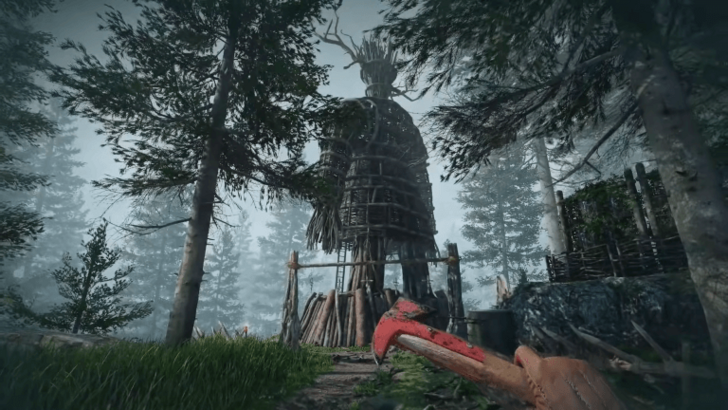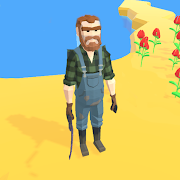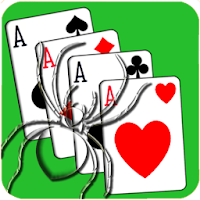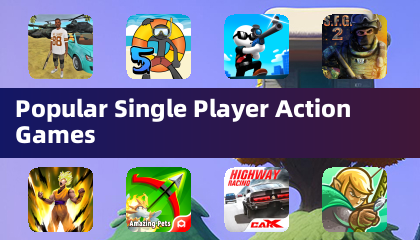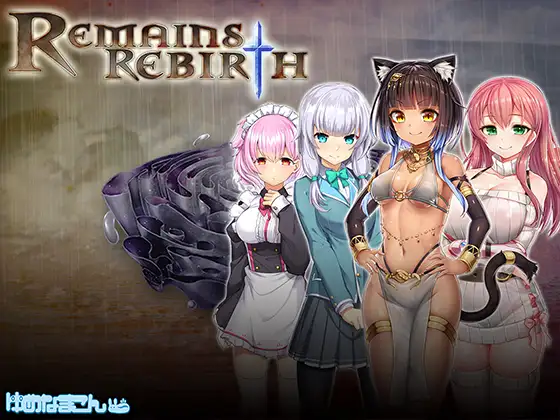With each new release in the *Monster Hunter* series, players eagerly anticipate how their preferred weapon will feel and perform. The franchise, known for its 14 distinct weapon types, continually evolves to fit the unique design of each game. From *Monster Hunter: World*'s seamless area transitions to *Monster Hunter Rise*'s innovative Wirebug mechanics, each title brings fresh dynamics to familiar weapons. As *Monster Hunter Wilds* promises a seamless hunting experience, what design philosophies shaped the tuning of its weapons? To delve into these pivotal gameplay elements, we interviewed Kaname Fujioka, the art director and executive director of *Monster Hunter Wilds*, and Yuya Tokuda, the game's director. Fujioka, who directed the original *Monster Hunter*, and Tokuda, involved since *Monster Hunter Freedom*, provided insights into the development and conceptual adjustments made for *Wilds*.
IGN First Monster Hunter Wilds Oilwell Basin Artwork
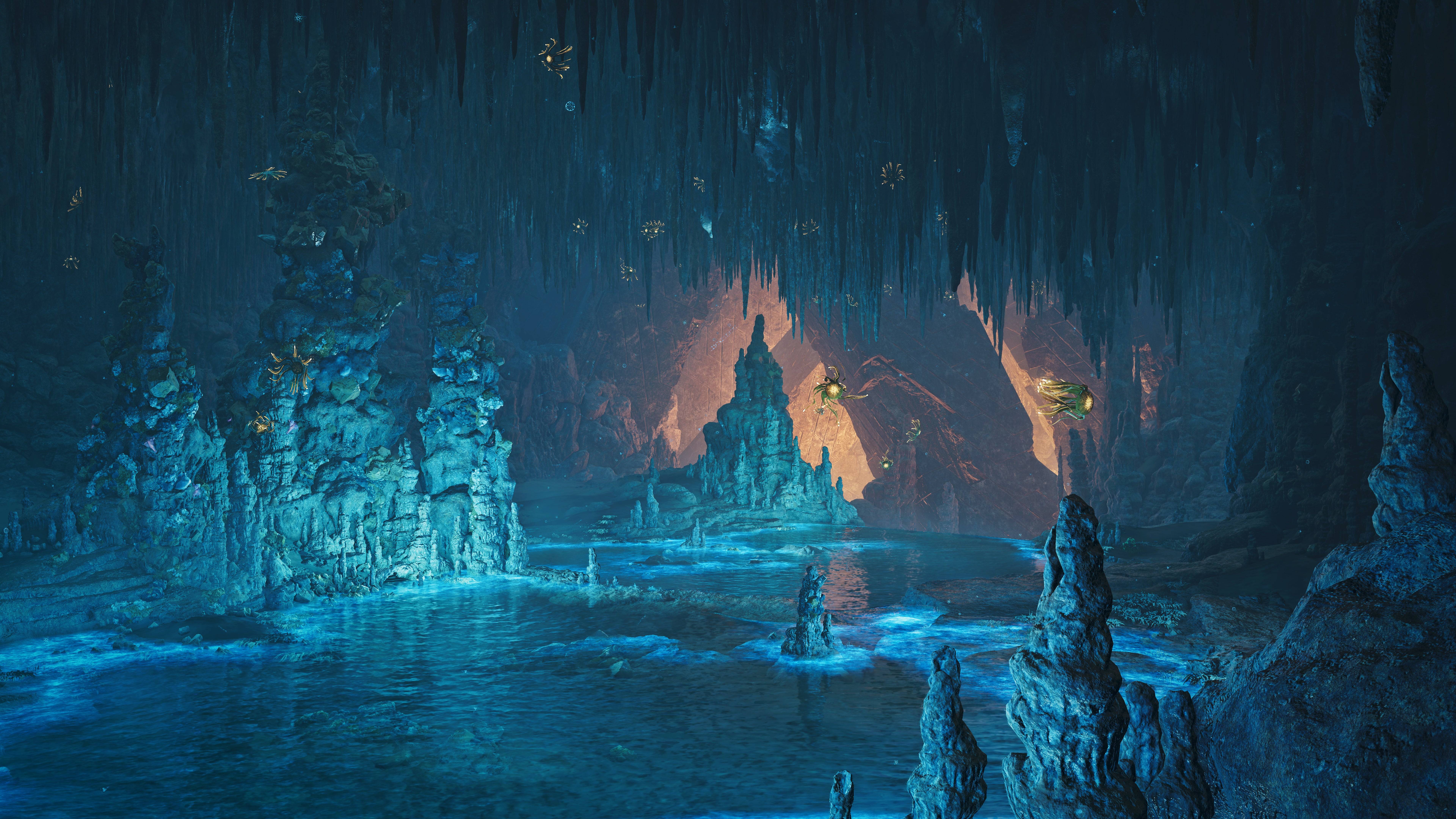
 6 Images
6 Images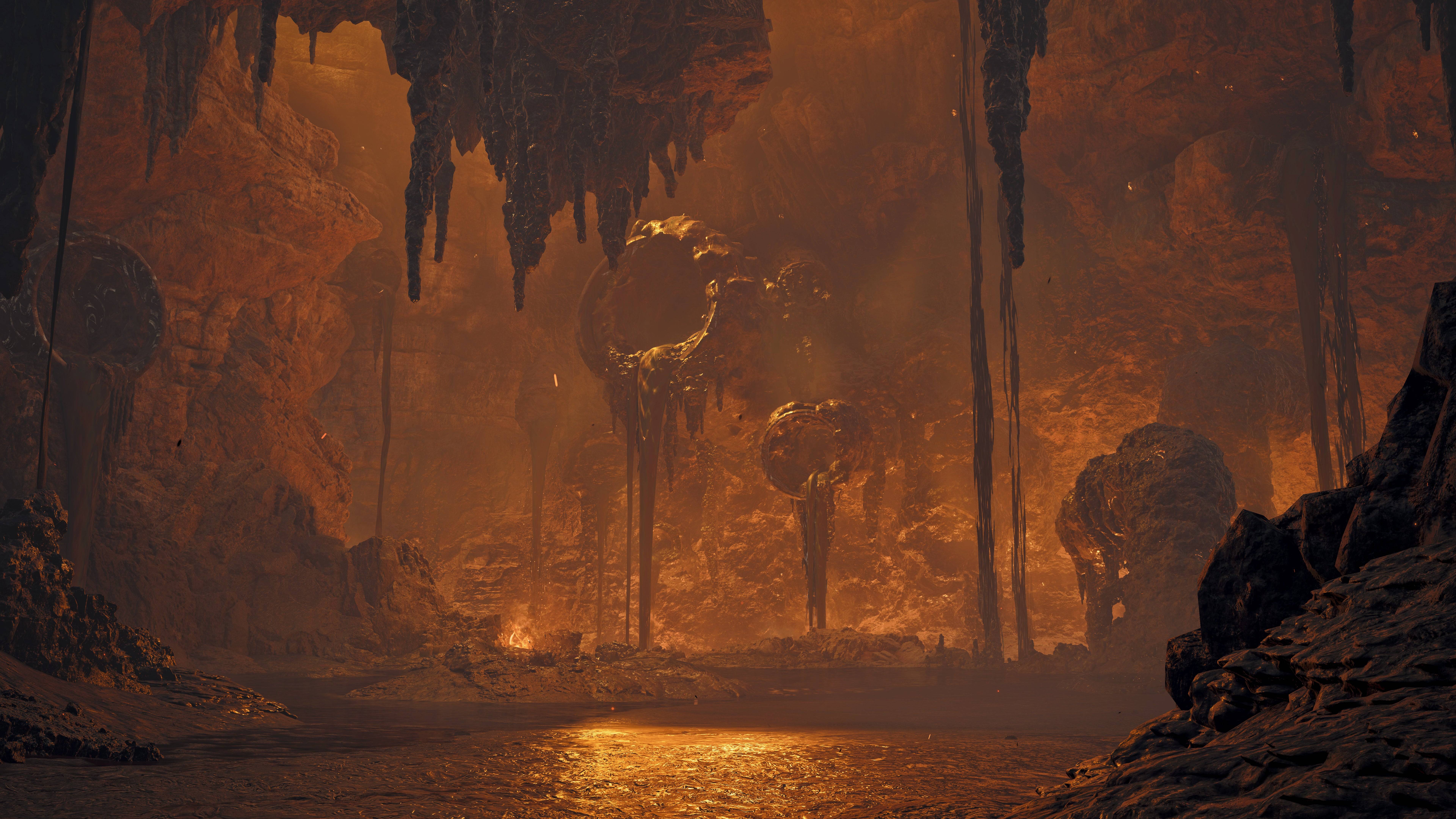
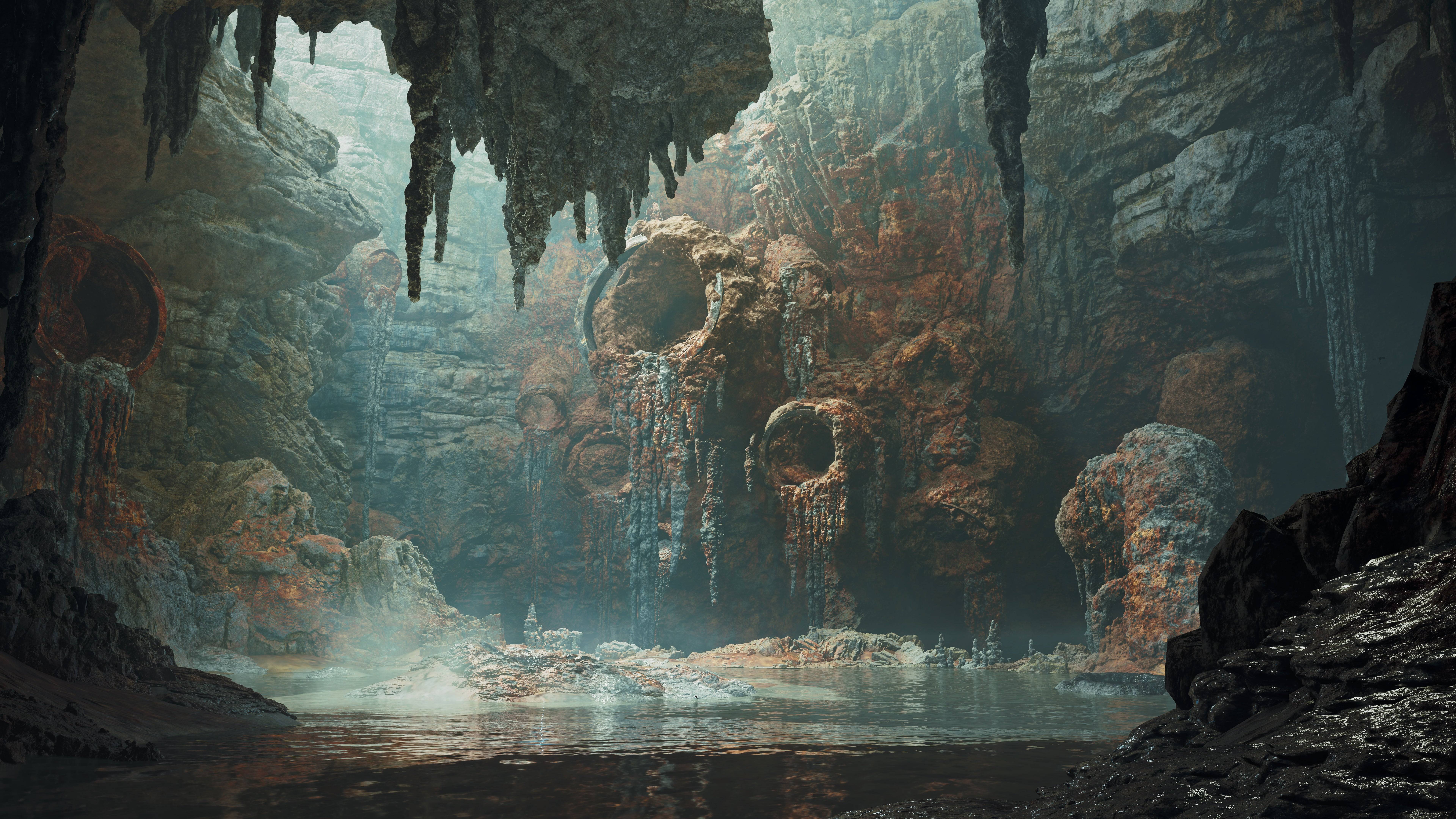
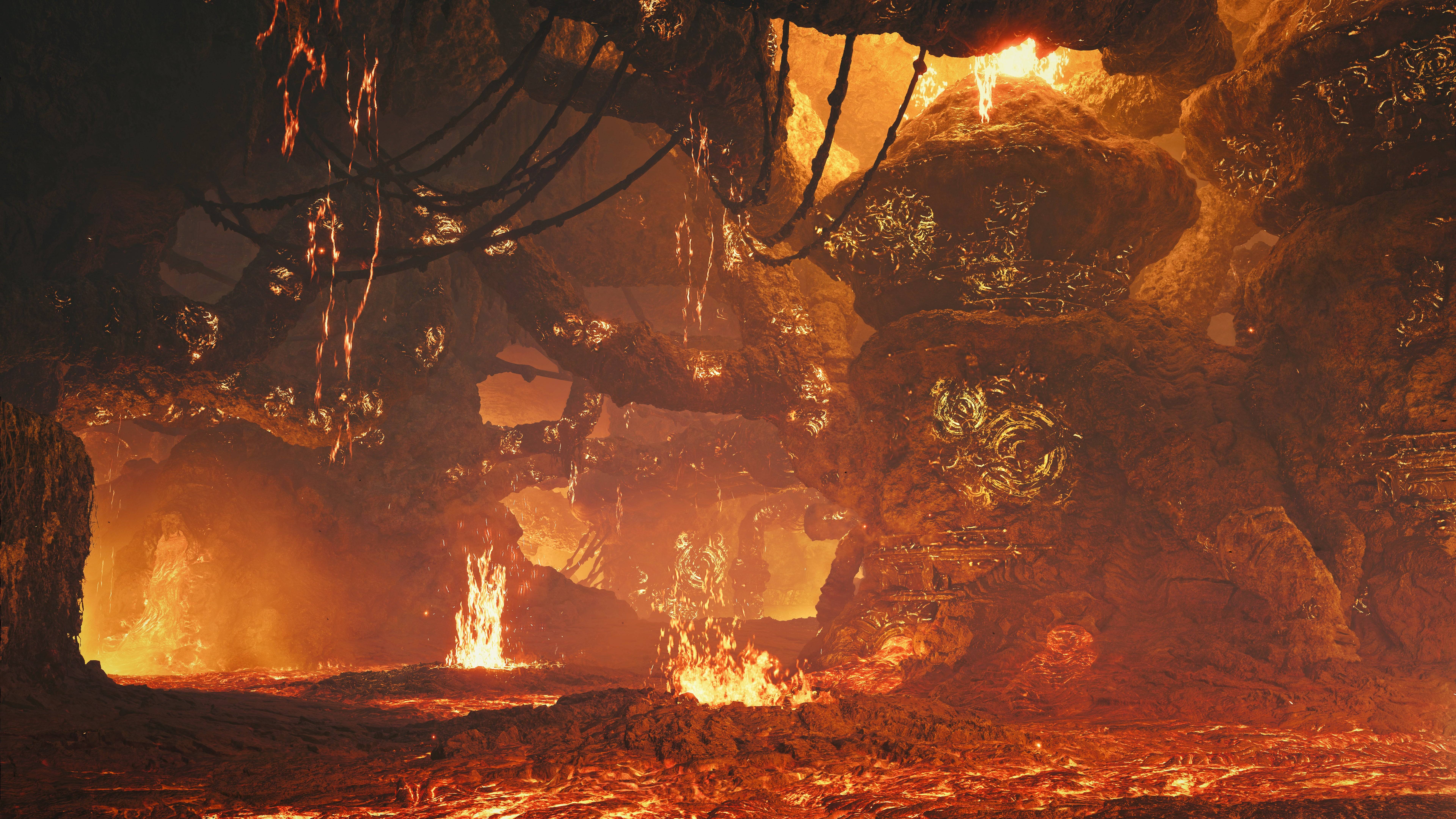
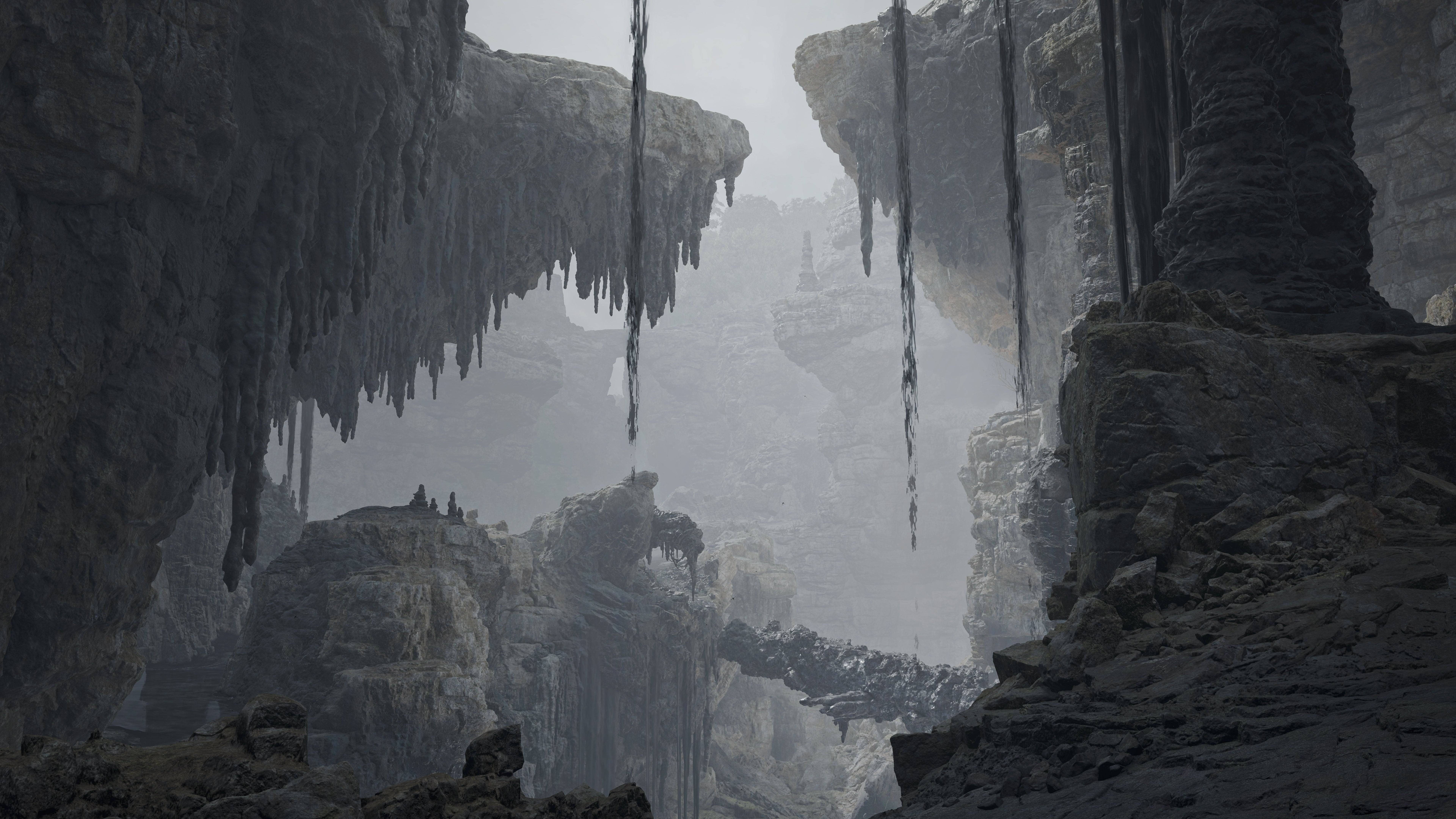 In our interview, we explored the concepts and development processes behind various weapons, gaining new insights into player favorites and the adjustments made post-feedback from the November 2024 Open Beta Test.
In our interview, we explored the concepts and development processes behind various weapons, gaining new insights into player favorites and the adjustments made post-feedback from the November 2024 Open Beta Test.
Adjustments for a Seamless World
Tokuda explained that the shift to a seamless map and dynamic weather in Wilds necessitated significant changes to weapon mechanics, particularly for ranged weapons like the Light and Heavy Bowguns, and the Bow. Traditionally, Monster Hunter required players to return to base to restock, but Wilds eliminates this need, altering how resources are managed.
"Basic damage sources can now be used without expending resources," Tokuda noted. "We've balanced normal, pierce, and spread ammo for Bowguns and coatings for Bows to fire unlimited times while managing a gauge. However, players can still use prepared or field-gathered materials to create powerful attribute-based ammo."
These changes reflect a comprehensive overhaul, extending beyond mechanics to the visual and design aspects. Fujioka emphasized the importance of visually clear animations, particularly for Bowgun special shots that cancel monster attacks. "We've worked to ensure that these actions are convincing and clear to the player," he said, highlighting how technological advancements have enabled more detailed animations and smoother transitions between actions.
"We aimed for natural weapon use in any situation," Tokuda added. "Even when players can't make inputs, our goal was to ensure seamless interaction, such as healing without needing to stow weapons."
Focus Strikes
A new feature in Wilds is the wound system, allowing players to inflict wounds on monsters through continuous attacks. These wounds can be exploited using Focus Strikes in Focus Mode, dealing massive damage. While the animations vary by weapon, Tokuda clarified that the core mechanics remain consistent across types to maintain balance.
"We want to showcase each weapon's uniqueness through animations," Tokuda said. "However, we noticed some weapons were too powerful during the beta, so we're tuning them for the official release to ensure a more standardized experience."
The wound system adds strategic depth, allowing players to create and exploit wounds on monsters, potentially leading to scars that alter future encounters. "Monsters may already be wounded from turf wars in the locale," Tokuda explained, suggesting that players can capitalize on these conditions for additional rewards, including gems.
With Focus Mode and wounds, Wilds allows for more impactful attacks, prompting adjustments to monster health and toughness. "We've increased health slightly compared to World to maintain satisfying playtimes," Tokuda said. "Focus Mode aims to create more concentrated hunting experiences."
The Tempo of the Great Sword
The development of Wilds' weapons was a meticulous process, with the Great Sword serving as a foundational prototype. "We start with the Great Sword and apply lessons learned to other weapons," Tokuda explained. The team, comprising game designers, artists, and animation specialists, worked collaboratively to refine each weapon's feel and appearance.
Fujioka highlighted the excitement around Focus Strikes, particularly for the Great Sword. "We began with the Great Sword to ensure it feels good to use," he said. "It sets the standard for the game's tempo, allowing us to differentiate other weapons effectively."
The Great Sword's heavy, deliberate tempo is a hallmark of Monster Hunter, and its design influences the development of faster weapons. "By focusing on the Great Sword's weight, we create a balanced game where high-tempo weapons can shine," Fujioka added.
Weapons with Personality
Balancing weapon uniqueness and usability is a challenge, but Fujioka emphasized the importance of individuality. "We focus on what makes each weapon unique rather than making them equally easy to use," he said. The Hunting Horn, for example, was designed to excel in area control, leveraging its unique sound-based mechanics.
"We want each weapon to have its own personality," Tokuda said, addressing concerns about overpowered weapons. "In Wilds, players can carry two weapons, so we're balancing the Hunting Horn to ensure it complements other weapons without dominating as a secondary choice."
The developers acknowledge that certain weapons may perform better against specific monsters, but they strive to maintain diversity. "While efficiency may favor some weapons, players who master their favorite weapon can still succeed," Fujioka assured.
Build Your Own Skills
The decoration system, crucial for endgame skill builds, remains similar to World, with the added ability to craft single-skill decorations. "This ensures players can access any skill they need," Tokuda explained, addressing previous frustrations like Fujioka's inability to obtain a specific Shield Jewel 2.
When asked about their favorite weapons, Tokuda mentioned his preference for ranged weapons and the Sword and Shield for their versatility. Fujioka, a dedicated Lance user, appreciated the minor adjustments in Wilds that enhance positioning and control.
Feedback from the open beta highlighted issues with the Lance, prompting significant improvements for the release version. "We're working to ensure the Lance embodies its concept of guarding and counterattacking effectively," Tokuda said, reflecting the team's commitment to refining player experience.
As Monster Hunter Wilds nears release, the developers continue to refine the game, driven by player feedback and their own passion for the series. Their dedication to crafting a balanced, engaging experience underscores Monster Hunter's status as a premier action game franchise.
For more details on performance enhancements and weapon adjustments, check out the official community update video featuring Tokuda.

